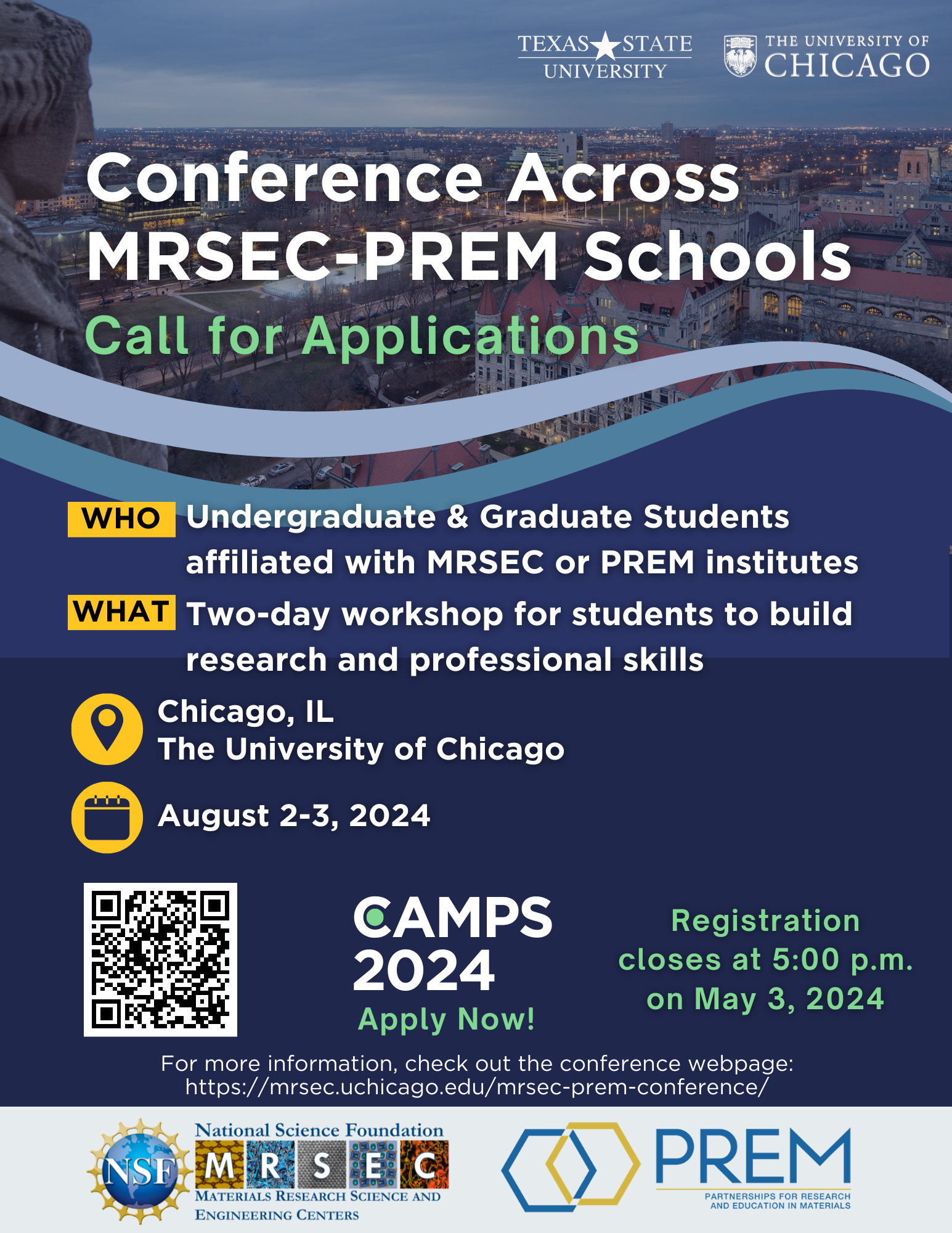We are pleased to announce that after a thorough internal and external review process, 2 Exploratory Materials Research Grants (EMRGs), 3 Multidisciplinary Team Building Grants (MTBGs), and 2 Proto-IRG Grants have been selected to fund exceptionally promising, innovative materials research on campus.
The OSU Materials Research Seed Grant Program (MRSGP) provides internal research funding opportunities designed to achieve the greatest impact for seeding and advancing excellence in materials research of varying scopes. It is jointly funded and managed by the Center for Emergent Materials (CEM), an NSF MRSEC [NSF DMR-2011876], the Center for Exploration of Novel Complex Materials (ENCOMM), and the Institute for Materials and Manufacturing Research (IMR). Congratulations to this year’s awardees!
EMRGs – ($50,000 each) enable nascent and innovative materials research to emerge to the point of being competitive for external funding:
- “In situ resource utilization with parallel extraction and additive manufacturing of lunar regolith for aluminum alloys”
PI: Sarah Wolff, Assistant Professor, Mechanical and Aerospace Engineering with a joint appointment in Integrated Systems Engineering
Co-PI: Alan Luo, Donald D. Glower Chair in Engineering, Professor, Materials Science and Engineering, with a joint appointment in Integrated Systems Engineering - “Phase-field modeling of morphology evolution at anode/electrolyte interfaces of Li-metal-based all-solid-state batteries”
PI: Yanzhou Ji, Assistant Professor, Materials Science and Engineering
Co-PI: Jung Hyun Kim, Associate Professor, Mechanical and Aerospace Engineering
MTBGSs – ($70,000 each) forming multidisciplinary materials research teams that can compete effectively for federal block-funding opportunities, such as the NSF MRSEC program:
- “Development of Metallic Alloy Anodes for Solid-State Batteries”
PI: Jung Hyun Kim, Associate Professor, Mechanical and Aerospace Engineering
Co-PI: Alan Luo, Donald D. Glower Chair in Engineering, Professor, Materials Science and Engineering, with a joint appointment in Integrated Systems Engineering - “Exploring Zeolite Solide State Electrolytes for Potassium Batteries”
PI: Yiying Wu, Professor, Chemistry and Biochemistry
Co-PI: Nicholas Brunelli, Professor & Ervin G. Bailey Chair in Energy Conversion, Chemical & Biomolecular Engineering - “Quantum Twist Microscope”
PI: Marc Bockrath, Professor, Physics
Co-PI: Jay Gupta, Professor, Physics
Proto-IRGs – ($100,000 each) forming multidisciplinary materials research teams that can compete effectively for federal block-funding opportunities, such as the NSF MRSEC program:
- “Transducing conformational dynamics across scales”
PI: Carlos Castro, Professor, Mechanical and Aerospace Engineering
Co-PI: Ralf Bundschuh, Professor, Physics
Co-PI: Michael Poirier, Professor, Physics - “Superconductivity at the Nexus of Magnetism and Ferroelectricity for Quantum Applications”
PI: Salva Salmani-Rezaie, Assistant Professor, Materials Science and Engineering
Co-PI: Kaveh Ahadi, Assistant Professor, Materials Science and Engineering
Co-PI: Jeanie Lau, Professor, Physics
Co-PI: Nandini Trivedi, Professor, Physics

